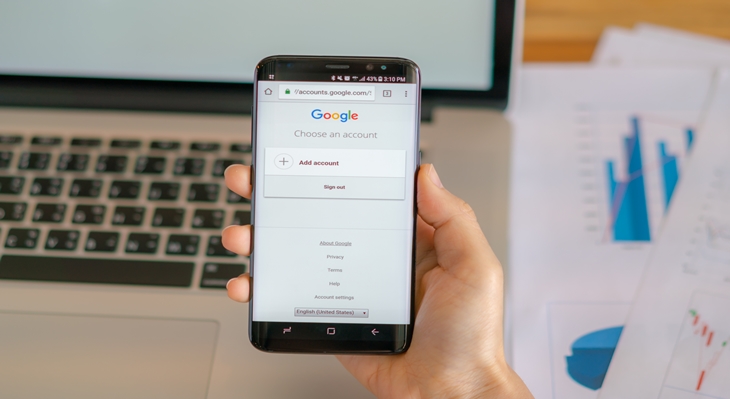Starting in July, Google announced a major change in its mobile ranking factors with speed being the most crucial factor in SEO. Google Speed Update aims to improve page loading speeds and use it as another ranking factor in mobile searches.
With Google seeing the increased mobile usage in the past few years with technological development in mobiles and service providers, they want to ensure that users would be able to have a good experience accessing the mobile website which led to the Speed Update.
Although mobile sites are highly accessible, some of them still have performance issues that cause speed and usability issues.
With the Google page Speed update, users would expect better –performing pages, leading to SEO companies focusing on their mobile optimization efforts more than ever.
How will it affect page ranking?
According to Google’s Zhiheng Wang and Doantam Phan wrote:
“The “Speed Update,” as we’re calling it, will only affect pages that deliver the slowest experience to users and will only affect a small percentage of queries.
It applies the same standard to all pages, regardless of the technology used to build the page. The intent of the search query is still a very strong signal, so a slow page may still rank highly if it has great, relevant content.”
Google Algorithm Update:-
Google’s search algorithm and webmaster practices are the subjects of constant rumors, news, and evaluation.
Quality Score Algorithm will be the backbone of the Google speed update. The following image shows how you can optimize your website to match the Speed update requirements with simple tweaks in keywords, ads, URL, and most importantly thing Relevance on the landing page.
New SEO ranking factor will be improved page speed:-
“If I improve page speed, will Google rank me higher?” is a frequently asked question by major players in the online ecosystem as of now.
The problem is most webmasters do not have very good knowledge of how to measure site speed, improve their overall website page speed, or understand what improvements to those metrics offer real benefits to visitors and their Google search rankings.
Why there is a need to improve page speed?
Google has long been invested in mobile user experiences. They’ve kept an eye on searcher behavior over the last decade shifting from a desktop-oriented experience to a more mobile-oriented one.
This means they understand that their ecosystem – and value to their users – is dependent on them providing a good mobile experience.
Although Google provides a great mobile experience, the websites they provide to searchers via their search engine don’t, this will ultimately affect Google’s flagship technology.
The following graph supports the need to improve mobile page speed showing the increased user number of mobiles as compared to desktops.
This means that mobile sites delivering slower load times may see a decrease in mobile organic rankings on Google. Which would apply to Google AdWords soon.
This means that slower mobile sites would lead to low-quality scores giving hard time getting your ads to rank in the top list. Hence, if your site relies on Google traffic and AdWords campaigns, one must pay attention to this update.
How to increase website speed to match the requirements of Google Speed update?
Apply AMP(Accelerated Mobile Pages):-
An AMP is a modification to the source code of your website pointing out an std HTML page. Especially, to a stripped-down version of your hosted AMP page.
AMP cut downloading speed from 15% to 85% it improves overall page performance while increasing the accessibility of mobile users.
If you are a WordPress user, you can use the AMP plugin. Hence it helps to integrate it with all web pages. The use of AMP has been highly encouraged by everyone in the SEO industry.
Test Your loading speed:-
An ample amount of tools are available to help you track your mobile loading speed. The simplest way to do it is by using the Test My Site feature on Think with Google. This will help you analyze what improvements are to optimize website performance.
Check Your landing page experience in AdWords
The AdWords documentation suggests that there are ways to affect positive change in terms of your site’s landing page experience.
- Compelling, relevant content – Provide content that’s relevant and the keywords are offering compliance with the intent of the title.
- Be trustworthy – Provide social proofs and make clear what you offer along with genuine content.
- Make navigation simple – Ensure that prospects get around your page with ease. Avoiding pop-ups using the right CTA’s will be particularly important for mobile landing pages.
- Decrease load time – Consider using AMP pages or ensure, through whatever means, that your landing pages load quickly on all devices/browsers.
Key Takeaway
With Google taking a mobile-first approach, the Google Speed update is meant to enforce that approach. Adding another ranking factor changes things up for mobile SEO while optimizing the user experience.
With these preparation tips, you are guaranteed that you will be able to ready your website for July’s update.
You May Also Like to Read :

